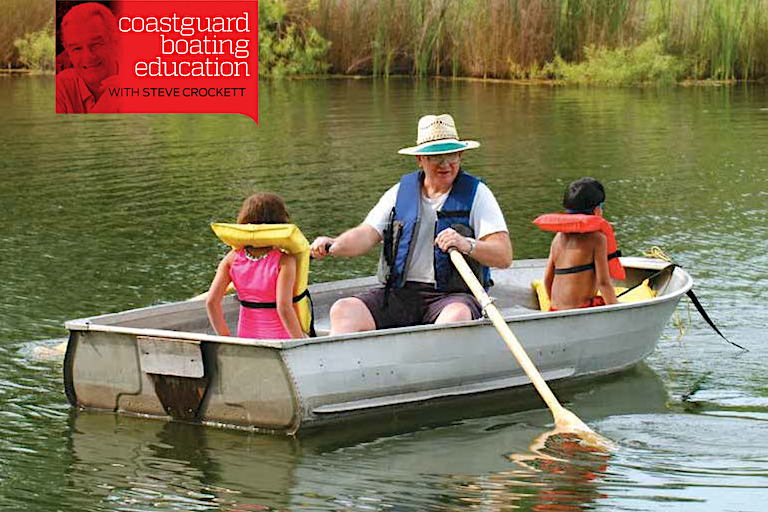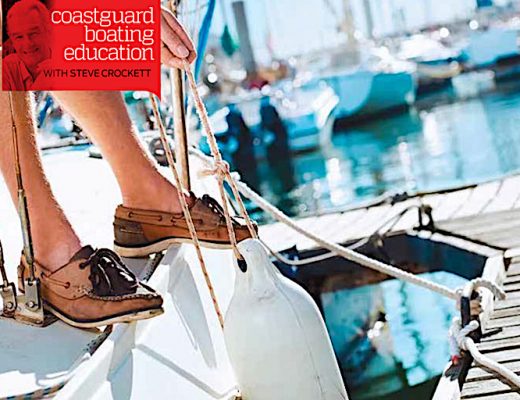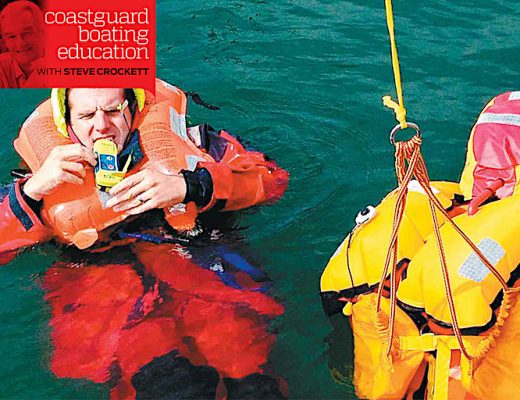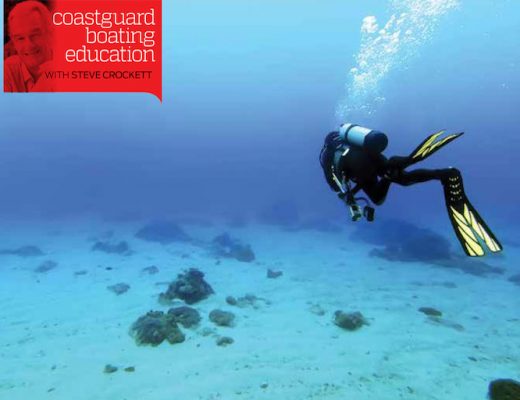EVEN WITH REGULATION, TOO MANY PEOPLE PASS AWAY ON OUR WATERS.
I am not a behavioural scientist. Sometimes I wish I were, because I would be more inclined to isolate my emotions from evidence presented to me.
Instead, I am a teacher – a maritime educator.
So, every time I read or hear about yet another tragic death or serious injury in the maritime sector, irrational though it may be, I cannot help but feel personally responsible. I have to ask myself why the safety message is not getting through.
The latest edition of Maritime NZ’s Lookout magazine is a case in point. There are two cases of fatality where lifejackets were not being worn, another fatality due to the lifejacket having no crotch strap and a close call when a kayaker removed his lifejacket after a capsize and was unable to put it back on.
Numerous publicity campaigns have been conducted in an attempt to change boaties attitudes towards boating safety and the wearing of lifejackets in particular. The problem is that a change in attitude is not necessarily reflected in a change in behaviour. The link from attitude change to behaviour change is very weak. E.g. a person believes they have a safe attitude to boating because they have lifejackets and safety gear in their boat, but they feel stupid wearing a lifejacket on the boat ramp when launching their boat, so they leave them in the boat and say they intend to don them at a later time.
Publicity campaigns and global statistics will tell them that in a majority of cases, boating-related drownings occurred within 15 metres of shore. But the fact that they and their colleagues may have been launching and retrieving their vessels for years without incident will have an overriding effect on their attitude towards safety.
The 2014 Pleasure Boat Safety Forum report showed that the majority of boating fatalities occurred to males in the 15-24 year age group, followed closely by those in the 45-54 year age group. One could almost hypothesise that the first group consider themselves to be “10-foot tall and bulletproof” and the latter have “survived so far, so why change now?”
Behavioural change is needed. Wherever people consciously change their behaviour, there follows a tendency for them to adjust their attitudes and previously held beliefs to fit the new behaviour.
So, how do we change ingrained behaviour?
Regulation can only be of use when enforcement is applied and, in NZ, that is sadly lacking. It would appear to an outsider that there is an ingrained culture of civil disobedience applied to boating regulations. The local by-law in Auckland relating to the mandatory wearing of lifejackets in vessels less than 6m in length is very clear and has been widely publicised, yet on any given day one may see boaties in conscious and flagrant disobedience of the law. Why? Because they know that the odds are well against them being fined or prosecuted for it.
Peer pressure is a significant tool in enabling behavioural change, particularly in families. Which is why, at Coastguard Boating Education, we are firmly committed to the provision of boating education programmes within schools and other educational environments. We have a Safe Boating programme which is aimed at the primary and intermediate school sector. This is proving to be of considerable value, particularly to one family whose children had undergone this training and were then involved n a boating incident. The children were instructing their parents in the correct safety procedures!
Secondary schools are taking the opportunity for their students to undertake the Day Skipper and VHF operator courses, and we are soon to launch a Basic Survival Skills for Boating Course which we think should prove popular.
Coastguard Boating Education is also now able to provide entry into the commercial sector with their Certificate in Domestic Maritime Operations (Restricted Limits) Level 4 course of study. If, however, a change in safety behaviour is not currently on your agenda, you will be pleased to know that the Coastguard crew will have undergone a significant risk management process and will be wearing their lifejackets and personal protective equipment (PPE) when they come to retrieve your body. The police will also be wearing their PPE and they will have a counsellor available when they inform your family of your decease.
Here endeth the lesson.





No Comments